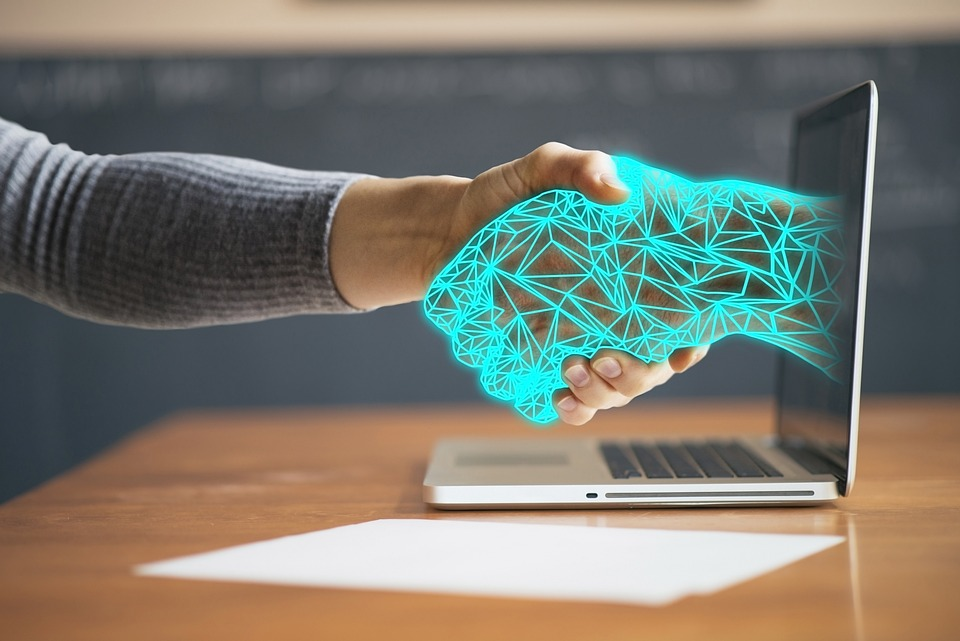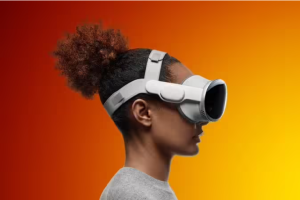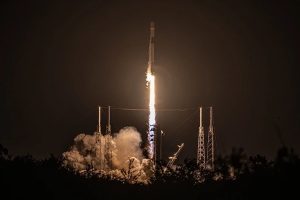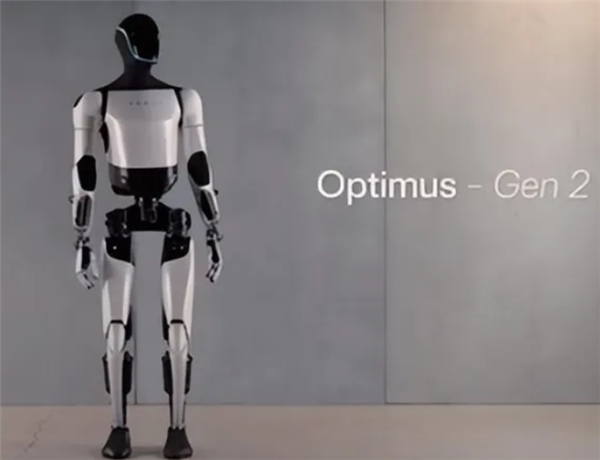March 3, 2025 – Recently, Tokyo, Japan has been testing a humanoid robot named AIREC (AI-Driven Care Robot), exploring its potential as an assistant for the aging population in Japan. This robot has successfully demonstrated the ability to gently roll a man onto his side, a crucial movement for caregiving tasks such as changing diapers or preventing bedsores.
The development of AIREC aims to alleviate the longstanding issue of the shortage of elderly care workers in Japan. Weighing in at 330 pounds (approximately 149 kilograms), the robot offers a glimpse into the future of robotic caregiving. According to Shigenobu Sugino, a professor at Waseda University and the project leader of AIREC, “Given Japan’s highly aging society and declining birth rate, we will need robots to provide support in healthcare, elderly care, and daily life in the future.”
As the aging population increases and the birth rate decreases, the demand for caregiving services is rising, and the role of humanoid robots in palliative care is receiving increasing attention. The demographic shift from a younger to an older population has led to a decrease in the number of caregivers, highlighting the necessity of automated solutions for efficient and safe caregiving.
Despite the urgent need, researchers at Waseda University point out that the integration of robots into the field of caregiving is still limited by technical obstacles that need to be overcome before widespread application can be achieved.
Multifunctional, AI-driven household robots powered by deep neural networks (DNNs) are garnering increasing attention. Unlike industrial robots with preset movements, caregiving robots need to adjust their actions based on various unforeseen situations. Since humanoid robots cannot handle complex tasks, DNNs can enhance the robots’ perception capabilities and movement planning.
Adaptive movement is crucial for caregiving robots. Researchers note that while previous studies have demonstrated that DNNs can guide robotic arms to complete precise tasks, providing care requires more complex force control. Robots must know when and how to apply force to ensure safe and efficient care while avoiding unnecessary pressure on vulnerable areas.

In 2024, the Waseda University team proposed a deep learning-based architecture that enables humanoid robots to dynamically adjust joint stiffness. This method relies on direct teaching based on impedance control, allowing the robot to apply appropriate force while avoiding excessive pressure on non-target areas. Additionally, the robot can independently switch between different interaction force modes through an attention system for joint states.
The Torobo humanoid robot from Tokyo Robotics Inc. was used as a test platform. This research equipment is equipped with somatosensory and optical sensors, a complex control system, and a compliance mode for adjusting joint stiffness. Direct manipulation is achieved through motion capture equipment, synchronizing the robot’s movements with the operator’s arm movements. In caregiving tasks, impedance control ensures the application of appropriate force by enabling flexible movement execution. The EIPL architecture, based on a deep learning model, can predict future events and reduce errors. A convolutional autoencoder processes RGB camera image inputs and extracts important spatial attention points.
Researchers state that the Selective Kernel Network (SKNet) is applied to the attention mechanism of joint angles and torque, dynamically adjusting the importance of features. This model predicts joint movements and sends instructions to the impedance controller, ensuring precise and adaptive caregiving movements.
Currently in the testing phase, AIREC is expected to be operational in care or medical facilities as early as 2030. Its initial pricing is expected to be at least 10 million yen.












